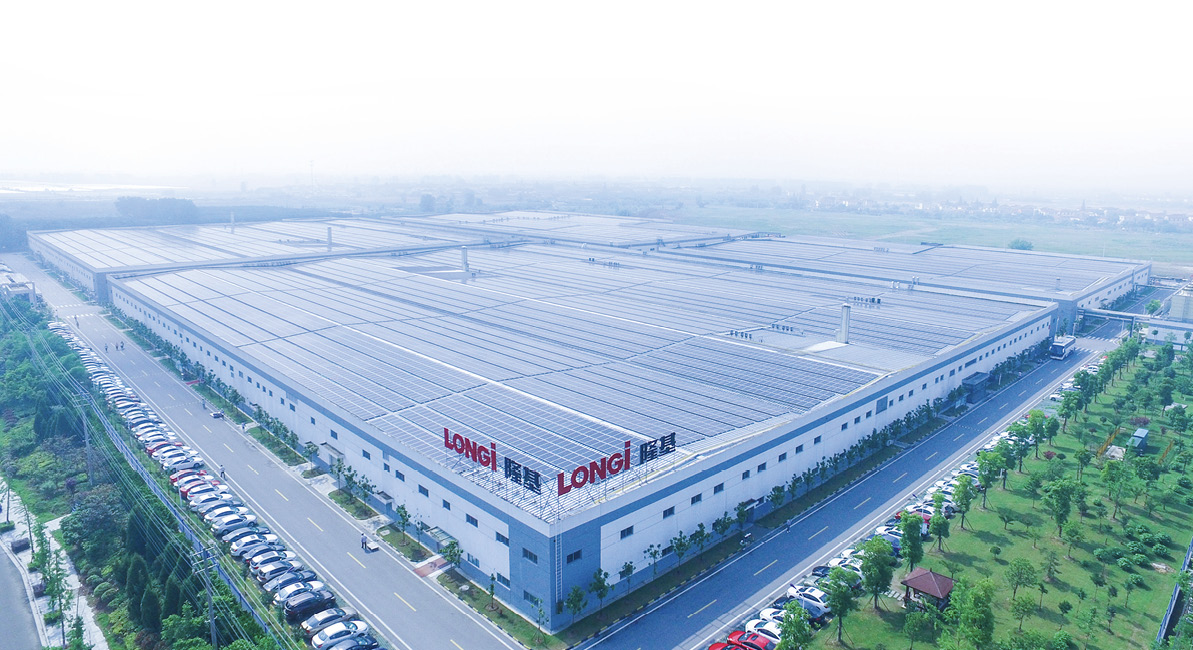The solar industry’s green credentials are being tested and scrutinized as questions are asked about how modules are made and how they impact people and the environment. Accordingly, the industry is increasingly being asked to verify claims about the sustainability of its products and processes, using a “trust but verify” model.
In response, multiple efforts are in play. Companies are investing in sustainable practices, such as the use of renewable energy, along with water conservation and waste reduction in manufacturing. At the same time, regulations are gradually coming into existence and certifications and ecolabels are becoming more common – whether from trusted independent bodies, for voluntary confirmation, or global standards for sustainability. It is regulations, though, which are having the most significant effect on changing behavior.
Regulation and reaction
In PV manufacturing, several standards and certification options apply, with regional variations. A significant example of such requirements was enacted by French regulator the Commission de régulation de l’énergie, which introduced carbon footprint certification requirement the evaluation carbone simplifiée (ECS).
That legislation requires PV module manufacturers that bid for lucrative tenders in the country to have completed a simplified carbon assessment, to satisfy low-carbon emission benchmarks. Emission levels are set at a certain limit of kilograms of carbon dioxide per rated kilowatt of solar generation: kg CO2-eq/kWp, shortened further to kg/kW.
The ECS measurement of a module’s emissions stems from life cycle assessments which are regularly undertaken by manufacturers and follows a “cradle-to-grave” assessment process. Certifying those life cycle assessments is Certisolis, which itself is accredited by the French Accreditation Committee and remains the only French solar testing and certification body allowed to publish carbon footprint certificates.
For example, to gain big-tender eligibility for solar rooftop installations with a generation capacity between 100 kW and 500 kW, solar panels need to have a carbon footprint value below 550 kg/kW. This calculation shows the embodied carbon of solar modules, generated throughout the production process and including energy-intensive silicon wafer manufacturing.
A significant number of manufacturers have announced certain modules have been certified by Certisolis as low-carbon footprint components, including Canadian Solar, JinkoSolar, Longi, Q Cells, and REC. Some manufacturers have published their figures, such as the REC TwinPeak 4 module, with a reported ECS of 450 kg/kW; Canadian Solar’s high-efficiency n-type heterojunction HiHero module, with carbon emissions “below 400 kg/kW;” and JinkoSolar’s Tiger Neo bifacial modules, with 448 kg/kW and 450 kg/kW.
Italian life
Another national certification requirement has come from Italy, where the state’s Environmental Product Declaration (EPD) certification requires producers of all types, including solar manufacturers, to meet certain thresholds for environmental standards. The EPD certification largely follows the requirements of ISO 14040 and ISO 14044, along with ISO14025 and, to a lesser extent, EN15804.
ISO 14040 and ISO 14044 are key international standards for life-cycle assessments and the former serves as a family of requirements providing a comprehensive and internationally recognized framework for such assessment. This provides consistent, transparent methods of calculating and reporting the environmental impact of products, processes, and services, from raw materials to disposal. ISO14044 adds specific guidance for assessing the environmental performance of products, processes, and services.
A life-cycle assessment is taken over a product’s entire existence, from cradle to grave, because the life cycle extends beyond its useful life to include disposal. A second method, “cradle to gate,” assesses a product to the point it leaves the factory floor. Solar panels do not last forever, though, and need to be disposed of and recycled.
A number of bodies can offer certifications for life cycle assessments, including the likes of TÜV Rheinland, which requires an investment from manufacturers to achieve.
Ecolabels and standards
Another approach to documenting sustainability comes from ecolabels, which are voluntary. Being awarded an ecolabel from a qualified organization provides manufacturers with a type of certification that the product in question has met or surpassed certain criteria.
Solar-powered solar
One significant ecolabel in the technology industry is EPEAT (electronic product environmental assessment tool), managed by the Green Electronics Council. It is based on American National Standard NSF/ANSI 457-2019, which is known as the “sustainability leadership standard for photovoltaic modules and photovoltaic inverters.” This was created with input from the Green Electronics Council and via consultation with industry stakeholders including companies, NGOs, and environmental organizations and applies to modules. That standard was then adopted as the basis for assessing EPEAT-listed products.
EPEAT criteria address both environmental and social concerns along the full product life-cycle including energy and water use in production and recycled content requirements. Significantly, EPEAT’s social element looks at responsibilities for labor and human rights across both operations and product supply chains, to ensure fair and safe labor practices.
Interestingly, since EPEAT established its ecolabel for PV modules in 2020, only First Solar has had its modules included in the registry, securing an EPEAT silver tier rating to certify it has exceeded the requirements of a bronze rating by meeting all required criteria plus at least half of the optional criteria. No inverter manufacturer has received an EPEAT ecolabel.
Examples of the 19 required EPEAT/NSF/ANSI 457-2019 criteria
Criticisms have been made that details of EPEAT certification are mostly kept behind a paywall, implying only paid members can examine the details of how assessed companies have fared.
Sustainability as policy
The outlook for raising standards is bright, partly because green benchmarks and regulations may favor domestic production in former solar manufacturing strongholds in Europe and the US, while ultimately serving to make the industry more sustainable. In turn, a spotlight on the solar industry’s use of rare earth metals, the energy demands caused by production, and a mostly Asian production base is forcing the hand of the solar supply chain to clean up.
One new effort in supply chain transparency is the Solar Stewardship Initiative (SSI), a solar-specific supply chain assurance scheme drawn up by industry bodies SolarPower Europe and Solar Energy UK. The SSI has the mission to “further develop a responsible, transparent, and sustainable solar value chain.” Still in its pilot stage, full roll-out is expected in December next year.
Regulation, though, is playing the biggest role in manufacturer efforts to reduce at least their carbon emissions during production. The French certification system has been the most effective thus far in forcing manufacturers to meet such requirements, though it only measures carbon emissions.
Legislation appears to be flowing most directly towards forcing investors to change their activities; by limiting the choice of modules available for developers to choose, and by creating opportunities to install lower-carbon products, as in the French ECS system.
Voluntary ecolabel schemes have as yet had little impact on decision making by PV module manufacturers or investors. But with more aggressive regulations in place alongside ecolabels, things could soon start to change. For example, former US President George W Bush in early 2007 ordered federal agencies to buy EPEAT-registered electronic products for at least 95% of their needs, and this quickly caused large-scale change and compliance efforts.
This content is protected by copyright and may not be reused. If you want to cooperate with us and would like to reuse some of our content, please contact: editors@pv-magazine.com.

